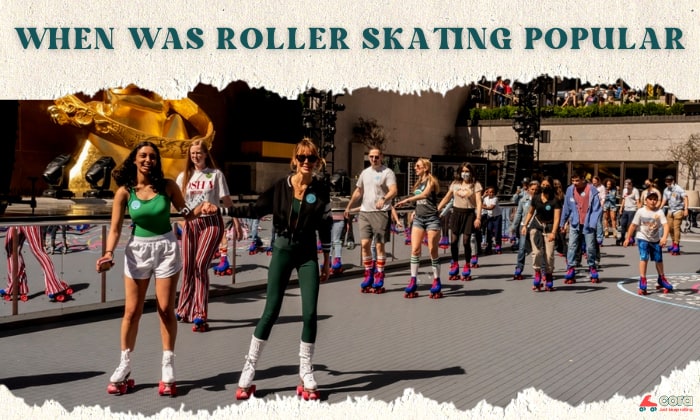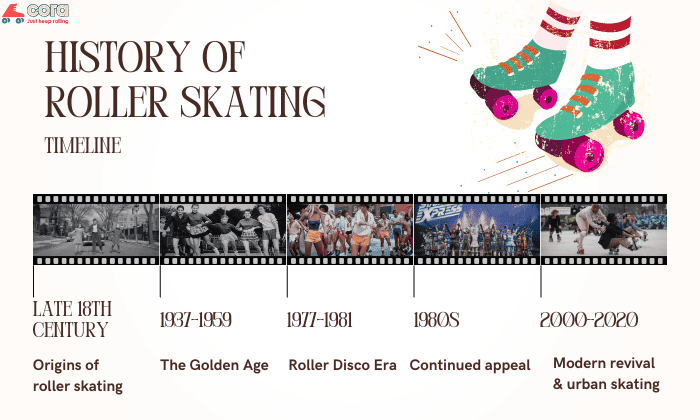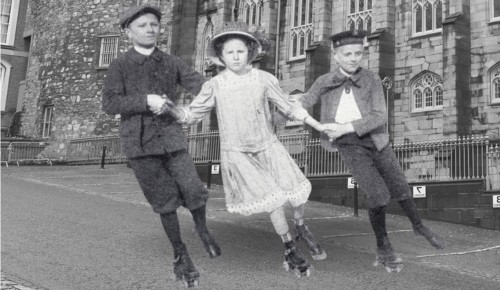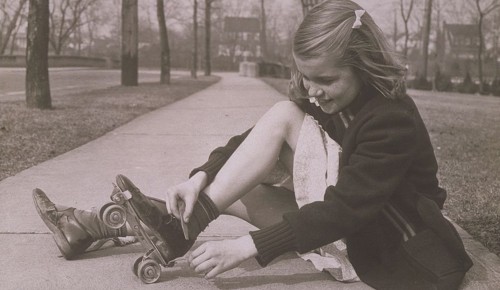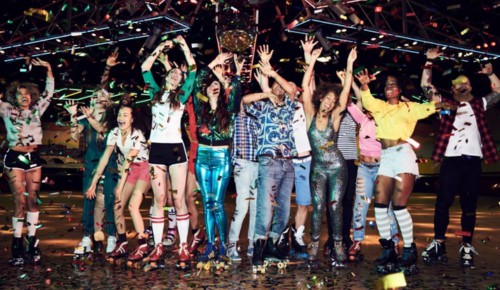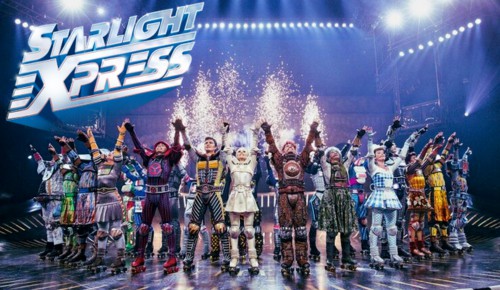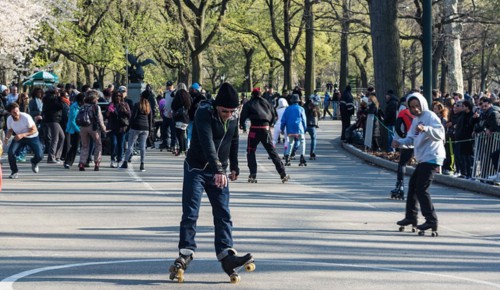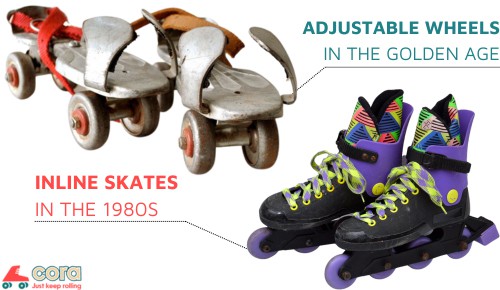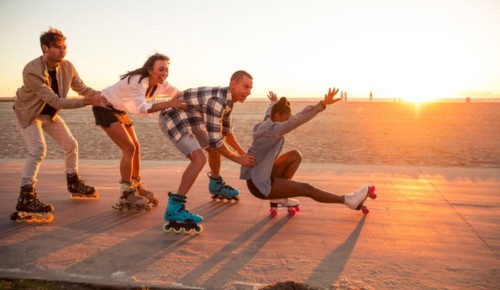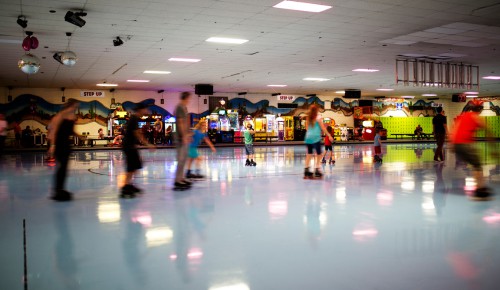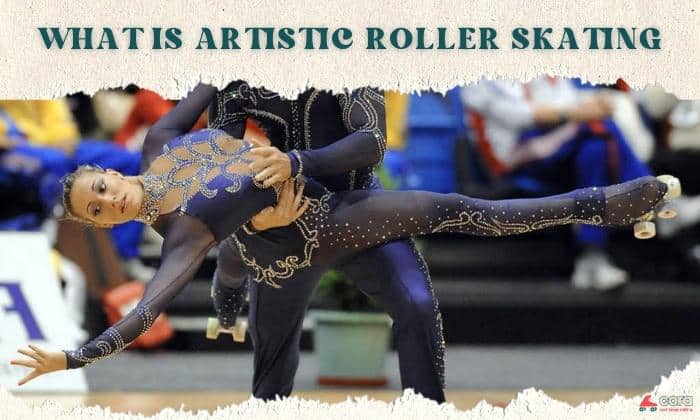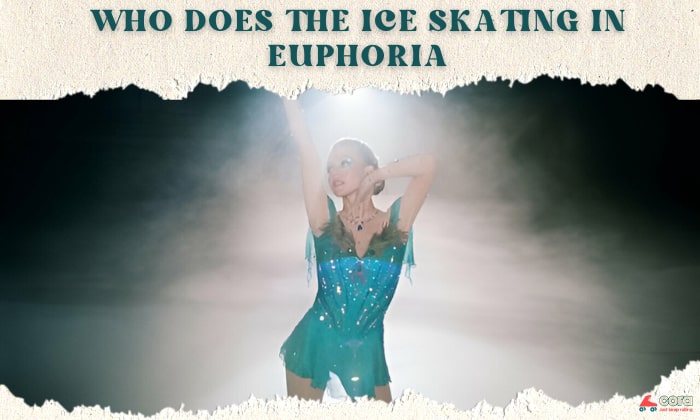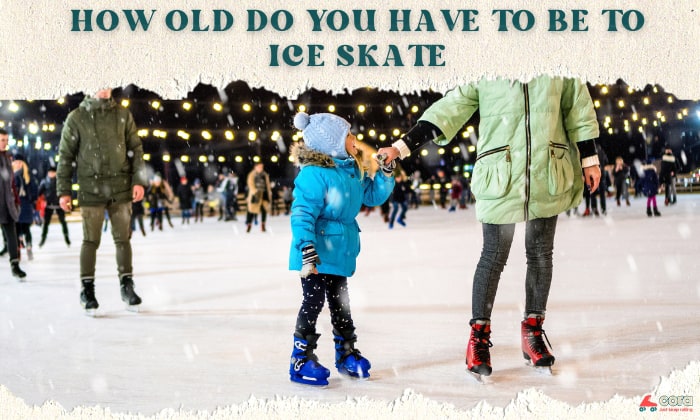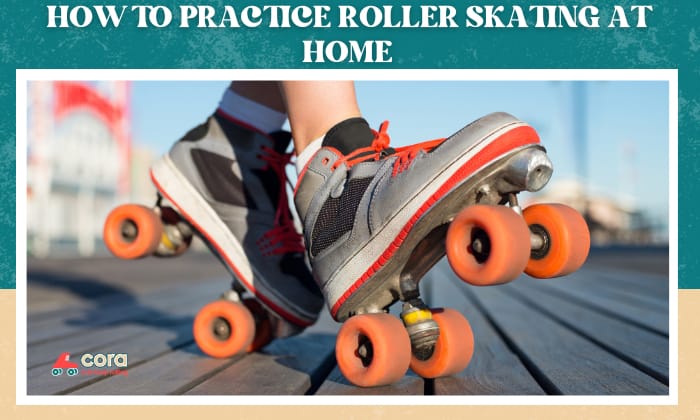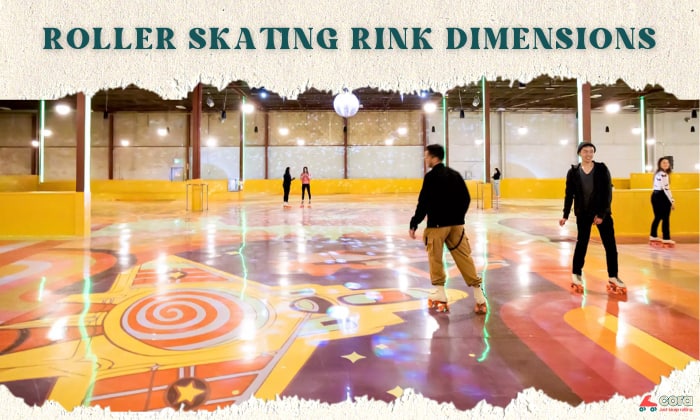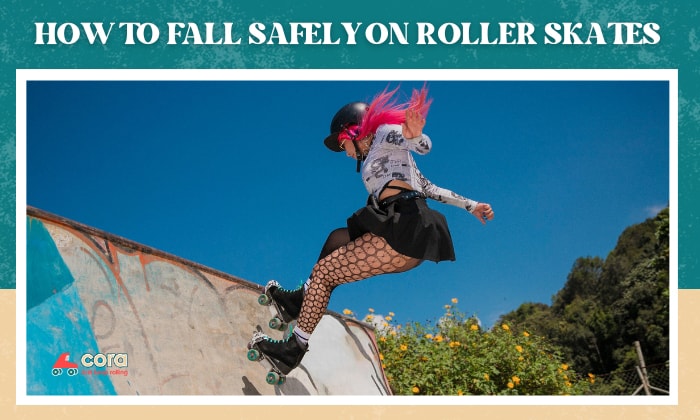Roller skating, a recreational activity enjoyed by people of all ages, has a rich history that spans centuries. From its origins in 1743 to its peaks of popularity, roller skating has left an indelible mark on leisure and culture.
But when was roller skating popular? The sport’s peak was in the 20th century, although it’s gained widespread popularity since the 1880s.
Let’s take a journey through time to explore the different phases of roller skating’s popularity and the factors that contributed to its enduring charm.
Page Contents
Roller Skating Facts and History Timeline
1. Origins of roller skating: The late 18th century
Roller skating’s roots can be traced back to 1743. However, the first recorded patent for roller skates was granted to John Joseph Merlin in 1760 despite the design being impractical.
It was not until James Leonard Plimpton invented the four-wheeled roller skate with adjustable wheels in 1863 that roller skating began to catch on. These innovative skates made it easier to maneuver, thus contributing to the sport’s spike in popularity during the 1880s.
2. The Golden Age: Early 20th century
The early 20th century marked the “Golden Age” of roller skating, a period spanning from 1937 to 1959, when skating rinks became social hubs.
This era’s popularity was fueled by the novelty of roller skating, the advent of more comfortable skates, and the desire for a new and exciting form of recreation. Skating rinks flourished, fostering a sense of community and camaraderie among skaters.
The 1930s also saw the introduction of roller derby, a competitive sport that added an exciting dimension to roller skating culture. During this decade, competitions on a national scale were held for figure skating, speed skating, and skate dancing.
3. Roller Disco Era: 1977 to 1981
The 1970s witnessed another surge in roller skating’s popularity, marking the rise of the roller disco era. This skating style took the whole US by storm, particularly in Chicago and New York.
The roller disco era was characterized by colorful lights, disco music, and roller rinks transformed into dance floors. Roller discos created a vibrant and energetic atmosphere, attracting a diverse crowd of enthusiasts.
Soundtracks in the 70s were dominated by disco hits, which were mostly pop, rock, and dance music.
4. Continued appeal in the 80s
The 1980s sustained roller skating’s allure, transitioning from the disco scene to a broader cultural phenomenon. Inline skates, commonly known as rollerblades, gained popularity during this time.
Roller skating remained a significant presence in popular media, featuring prominently in movies, television shows, and music videos. A few examples of roller skating’s appearance in mainstream culture were the musical Starlight Express, the movie Heaven’s Gate, and a drama film called Star 80.
5. Modern revival & urban skating
In recent years, roller skating has experienced a resurgence in popularity. Urban skating groups and online communities have formed, embracing various styles of skating, including street skating, dance skating, and aggressive skating.
This era is characterized by a diverse range of skating disciplines and the use of social media to connect skaters worldwide.
Factors Behind the Popularity
Several factors contributed to the enduring popularity of roller skating across these different periods.
1. Innovations in skate design
The evolution of skate technology, from adjustable wheels in the Golden Age to the introduction of inline skates in the 1980s, enhanced the skating experience.
These innovations improved comfort, maneuverability, and safety, making skating more accessible and appealing to a wider audience.
2. Social interaction
Roller skating’s appeal as a social activity contributed to its popularity. Skating rinks provided a unique environment for people to socialize, build connections, and share experiences.
The Golden Age’s focus on couples and family skating, as well as the disco era’s energetic group outings, highlighted the social nature of roller skating.
3. Media representation
Movies, television shows, and music videos featuring roller skating added to its appeal. These representations showcased the excitement and freedom associated with skating, inspiring people to try it for themselves.
4. Adaptable experience
Roller skating evolved over time, offering diverse experiences for different preferences.
Whether it was elegant couple skating in the Golden Age, energetic dance skating in the disco era, or the all-around fun of the 1980s, roller skating continued to reinvent itself to cater to changing tastes.
Conclusion
When was roller skating popular? From its origins in the late 18th century to its role in shaping cultural trends, roller skating has captured the hearts of generations.
The history of roller skating has showcased its ability to evolve while maintaining its spirit of enjoyment. As roller skating continues to be a beloved pastime, it serves as a reminder of the joy that simple, physical activities can bring to our lives.

Harrison is a skating enthusiast who picked up the sport during her student exchange years in Canada. She has been a skating coach for children and teens for 3 years and now holds classes as a freelancer. Harrison entwines her experience leading skating classes in the content published on Cora to help readers fall in love with skating, just like she did.


